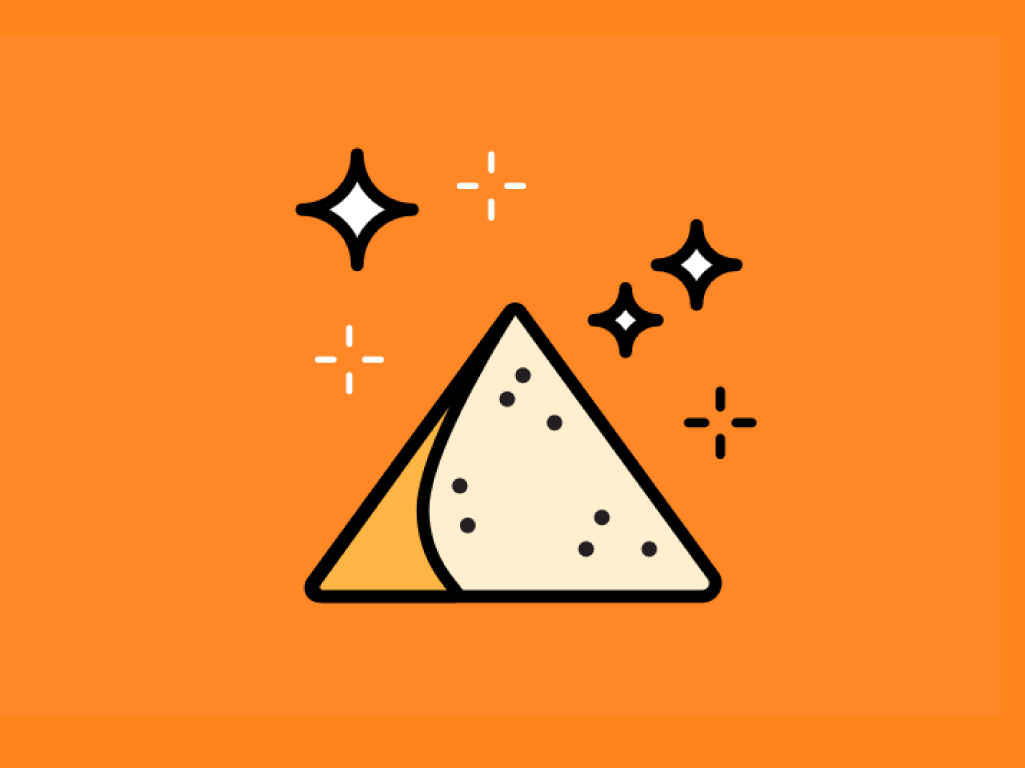How to use or facilitate:
- Download and print the template.
- In 2 minutes, fill in the first column (“What you’re good at”), identifying as many hard and soft skills that are applicable to you and/or your organization.
- In another 2 minutes, list as many ideas as you can think of (“What people need/want”) in the second column – whether they’re existing needs, desires, or trends.
- Circle the ideas that you love the most, or have the most passion/energy around.
- In 5 minutes, combine, mix, or match as many ideas as you can, using at least 1 idea from each column. What products, services, or concepts can you create that answer the needs or desires of others? Be it your existing customers, team, or an entirely new audience?
- Vote on or select on your favorite idea.
- Explore how you might go able further expanding your thinking. What parallel ideas or experiences can you draw further inspiration from? Who else has developed something similar? What else exists that might be serving as a substitute for answering the real need? One great way to test and learn the viability or interest of the idea is by creating a low fidelity prototype.
The Takeaway:
Lumberyards faced with increasing international competition and rising energy costs are able to stay profitable by monetizing their biggest byproduct: sawdust. Essentially, sawdust can be sold for any number of uses from farm bedding to particle board to mulch. We can look to this principle as innovators as an opportunity to maximize the value we can bring to market with everything we already have at our fingertips. Sometimes that’s as simple as looking at our own set of skills and then combining that with an existing customer need or trend that’s showing up in society, enabling us to create entirely new products, services, or business models with ease.





